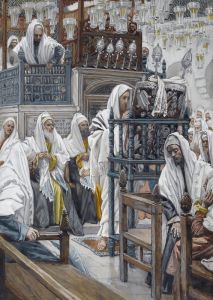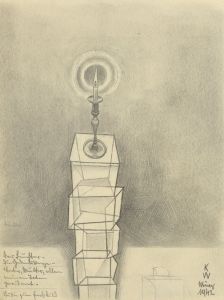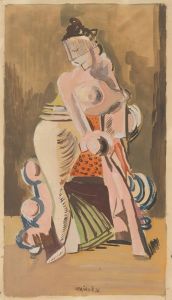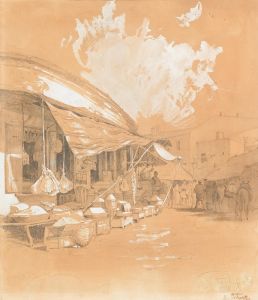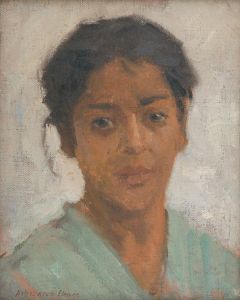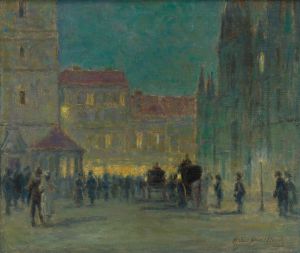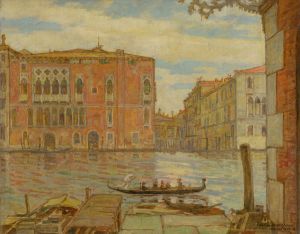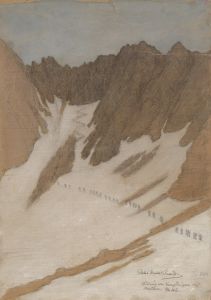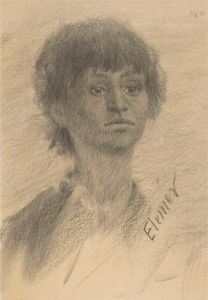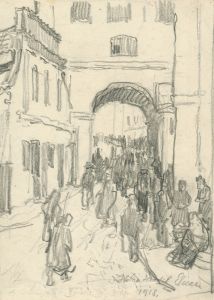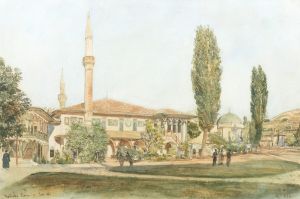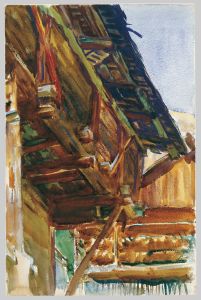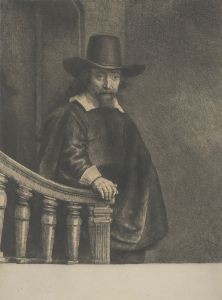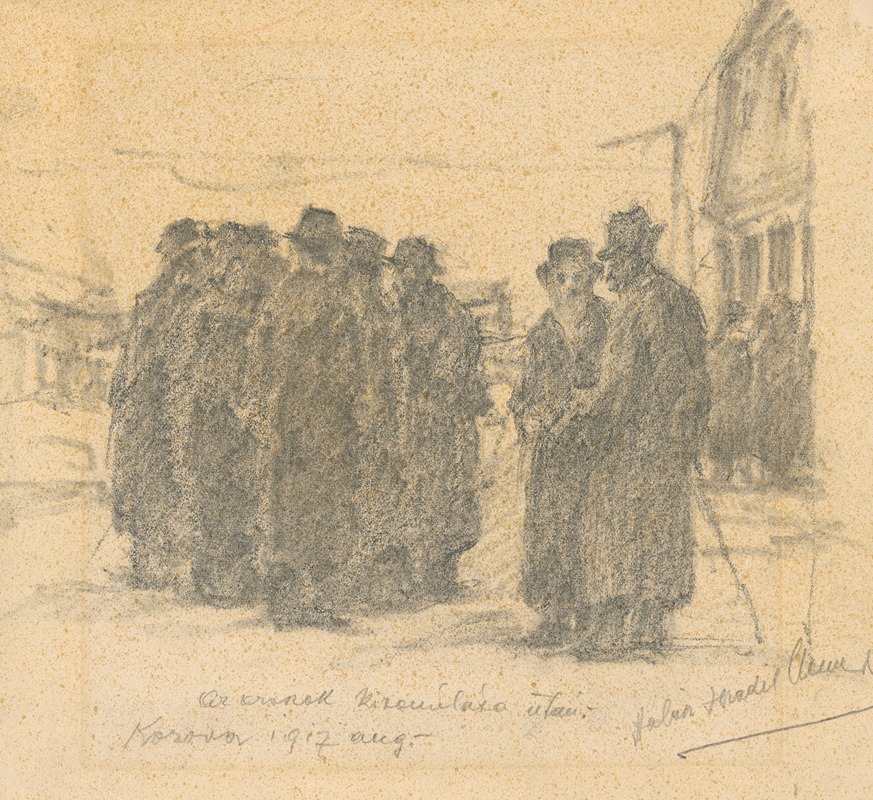
After the Retreat of the Russian Army
A hand-painted replica of Elemír Halász-Hradil’s masterpiece After the Retreat of the Russian Army, meticulously crafted by professional artists to capture the true essence of the original. Each piece is created with museum-quality canvas and rare mineral pigments, carefully painted by experienced artists with delicate brushstrokes and rich, layered colors to perfectly recreate the texture of the original artwork. Unlike machine-printed reproductions, this hand-painted version brings the painting to life, infused with the artist’s emotions and skill in every stroke. Whether for personal collection or home decoration, it instantly elevates the artistic atmosphere of any space.
Elemír Halász-Hradil was a Hungarian painter known for his works that often depicted historical and military themes. One of his notable paintings is "After the Retreat of the Russian Army." This artwork captures a moment in history with a focus on the aftermath of military movements, specifically the retreat of Russian forces.
The painting is set against the backdrop of the tumultuous times in Eastern Europe, where various conflicts and wars often led to significant shifts in power and territory. Although specific details about the exact event depicted in the painting are scarce, it is likely that the work reflects the broader context of military engagements involving Russian forces, possibly during the late 19th or early 20th century. During this period, the Russian Empire was involved in numerous conflicts, including the Russo-Turkish War (1877–1878), the Russo-Japanese War (1904–1905), and World War I (1914–1918).
Halász-Hradil's painting style is characterized by a keen attention to detail and a realistic portrayal of scenes. In "After the Retreat of the Russian Army," he likely employed these techniques to convey the somber and desolate atmosphere following the departure of troops. The painting might depict a landscape marked by the remnants of war, such as abandoned equipment, damaged infrastructure, or the weary expressions of civilians left in the wake of military action.
The artist's ability to capture the emotional and physical toll of war is evident in his use of color, composition, and subject matter. Through his work, Halász-Hradil provides viewers with a glimpse into the historical realities faced by those who lived through these challenging times. His paintings often serve as a visual record of the impact of war on both the land and its people.
While specific information about "After the Retreat of the Russian Army" is limited, Elemír Halász-Hradil's broader body of work reflects his interest in historical events and their consequences. His paintings are appreciated for their historical significance and artistic merit, offering insight into the complex interplay between military actions and civilian life.
Overall, "After the Retreat of the Russian Army" stands as a testament to Elemír Halász-Hradil's skill as a painter and his dedication to capturing the essence of historical moments. Through his art, he invites viewers to reflect on the enduring impact of war and the resilience of those who endure its aftermath.





